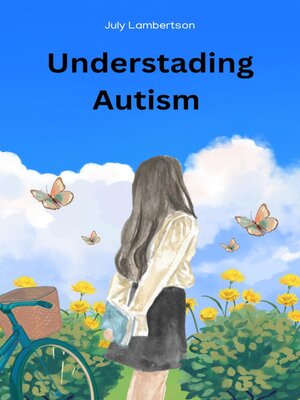
Sign up to save your library
With an OverDrive account, you can save your favorite libraries for at-a-glance information about availability. Find out more about OverDrive accounts.
Find this title in Libby, the library reading app by OverDrive.



Search for a digital library with this title
Title found at these libraries:
| Library Name | Distance |
|---|---|
| Loading... |
Autism Spectrum Disorder (ASD) is a complex neurodevelopmental condition characterized by a range of challenges related to social interaction, communication, and behavior. It is considered a "spectrum" disorder because it manifests differently in each individual, encompassing a wide variety of symptoms and levels of severity. While some individuals may require significant support, others may be able to live independently and excel in various areas.
Key Characteristics
Diagnosis and Early Intervention
Diagnosing autism typically involves a comprehensive evaluation by a team of specialists, including psychologists, speech therapists, and pediatricians. Early intervention is crucial and can significantly improve outcomes for individuals with autism. Therapeutic approaches might include behavioral therapy, speech and language therapy, occupational therapy, and social skills training. These interventions help individuals develop communication skills, improve social interactions, and manage challenging behaviors.
Strengths and Abilities
While autism presents challenges, it also comes with unique strengths. Many individuals with autism demonstrate exceptional skills in areas such as mathematics, music, art, or technology. Their ability to think differently can lead to innovative problem-solving and creativity. Emphasizing these strengths can foster self-esteem and empower individuals to pursue their passions.
Support and Inclusion
Creating an inclusive environment is essential for individuals with autism. This includes providing appropriate accommodations in educational settings and workplaces, fostering understanding and acceptance in communities, and promoting social inclusion. Awareness and education are vital in combating stereotypes and misconceptions about autism. By understanding the unique experiences of individuals with autism, society can work toward creating a more supportive and accepting environment.
Conclusion
Understanding autism requires recognizing the diversity of experiences within the spectrum. Each individual is unique, with their own strengths, challenges, and needs. Through awareness, education, and support, we can help individuals with autism thrive and lead fulfilling lives. Embracing neurodiversity enriches our communities and encourages a broader understanding of human experiences. It is essential to listen to and learn from those on the autism spectrum, valuing their...







